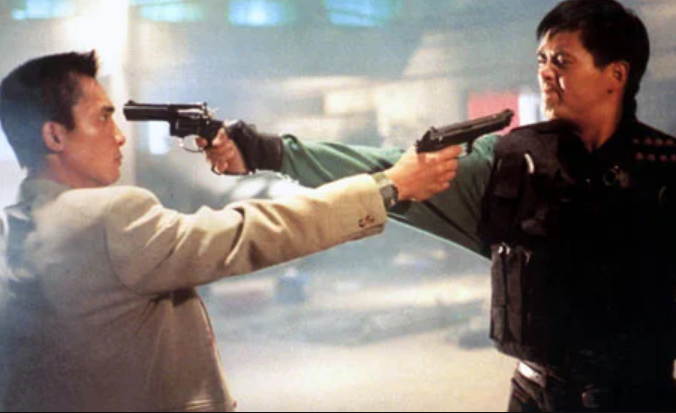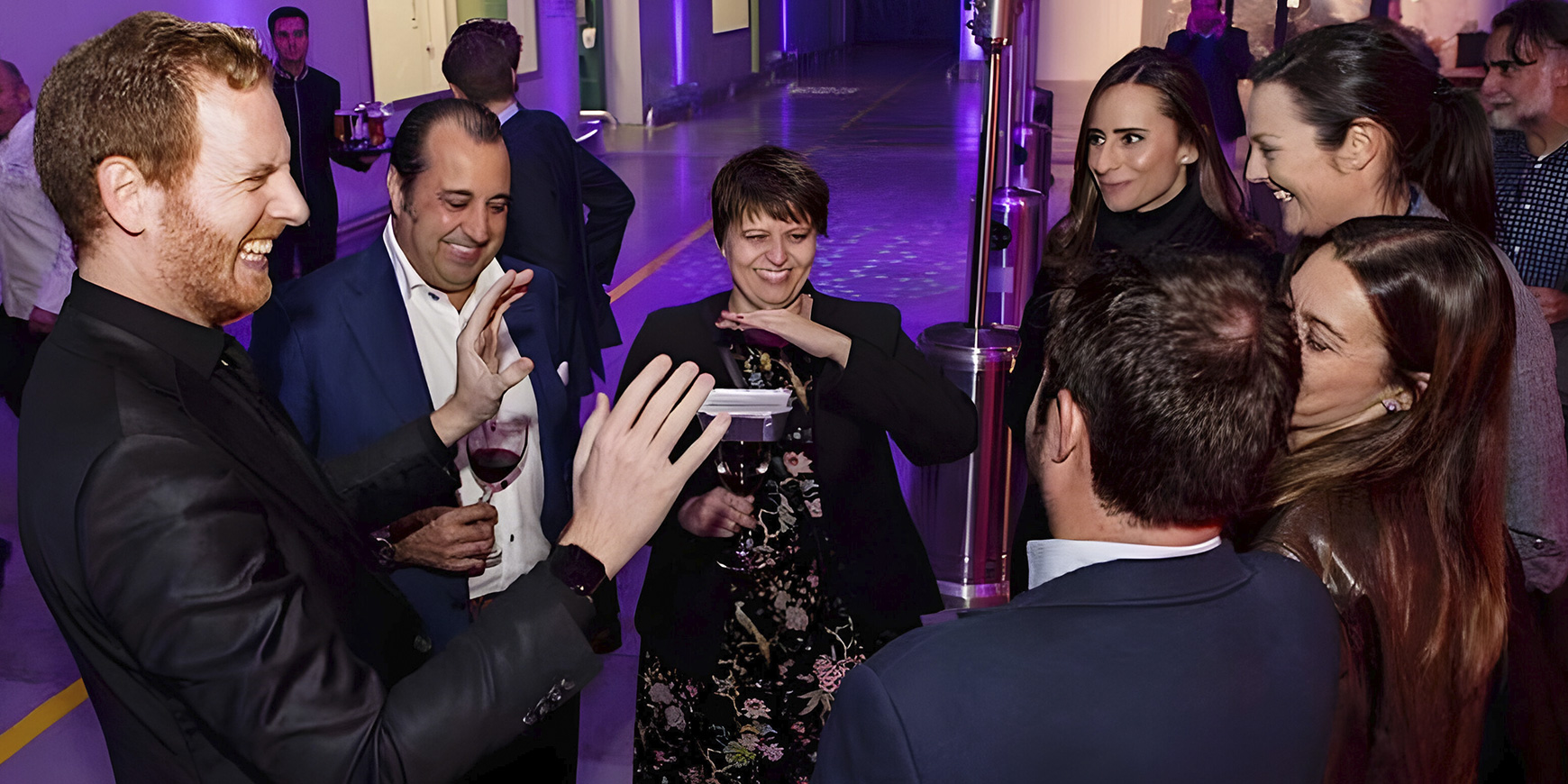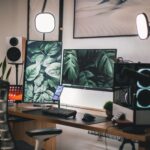Film stock plays a crucial role in defining the look and feel of a movie. When asking, “What film stock was John Woo’s Hard Boiled shot on?”, we are delving into the foundation of the film’s visual identity. Film stock influences everything from color reproduction to grain structure, sharpness, and contrast, which are essential factors for any movie, especially an action-packed one like Hard Boiled. The specific film stock a director chooses can make a significant difference in how the scenes are captured and how the audience perceives the film’s atmosphere.
In Hard Boiled, John Woo’s fast-paced, dynamic style, paired with the right film stock, brought out the high-octane action scenes in vivid detail, providing a distinctive and memorable visual experience that contributed to the film’s cult status.
What Film Stock Was Hard Boiled Shot On?
The key question often asked by film enthusiasts is, “What film stock was John Woo’s Hard Boiled shot on?” The answer is 35mm Kodak 5248. Kodak 5248 was a popular choice during the early 1990s, favored by filmmakers for its versatility and ability to capture sharp details with minimal grain. It belonged to Kodak’s Eastman Color Negative film series, which was known for producing vibrant colors and exceptional clarity.
This film stock was ideal for action movies because it managed fast movement effectively while maintaining image sharpness, even in chaotic, fast-paced scenes like those seen in Hard Boiled. The choice of Kodak 5248 played a significant role in how the film’s iconic shootouts and explosive action sequences were captured.
Why Did John Woo Choose Kodak 5248 for Hard Boiled?
Kodak 5248 was chosen for several reasons that aligned with John Woo’s directorial vision. First and foremost, Woo needed a film stock that could handle intense, high-speed action without losing clarity. Hard Boiled is packed with rapid gunfights, explosions, and complex camera movements. Kodak 5248’s fine grain and sharpness allowed these fast-moving sequences to be captured with crisp detail and minimal blur.
Additionally, Woo’s frequent use of slow-motion shots required a film stock that could maintain picture quality during these dramatic moments. Kodak 5248 offered the right balance of flexibility in both capturing motion and post-production editing, enabling Woo to adjust color and contrast to perfect the film’s visual style.
How Did Kodak 5248 Influence the Look of Hard Boiled?
The visual aesthetics of Hard Boiled are gritty yet polished, a look heavily influenced by the Kodak 5248 film stock. The stock was particularly well-suited to the film’s dark, smoky environments, such as the warehouse and hospital shootout scenes. These settings required a film stock that could capture detail in low-light conditions while still maintaining sharpness and clarity.
Kodak 5248 also handled bright flashes from gunfire, explosions, and dynamic lighting with precision, contributing to the film’s intense atmosphere. The stock’s ability to capture vibrant colors and high contrast worked well for Hard Boiled’s visually distinct action sequences, ensuring that the audience remained fully immersed in the on-screen chaos.
Could Other Film Stocks Have Been Used for Hard Boiled?
While Kodak 5248 was an excellent choice for Hard Boiled, other film stocks could have been considered, such as Kodak 5293 or Fuji F-500. Kodak 5293 was known for producing higher contrast, which could have given Hard Boiled a darker, more brooding appearance. This might have enhanced the moodiness of certain scenes but could have been less ideal for the fast-paced, bright explosions and shootouts that define the film.
Fuji F-500, on the other hand, offered softer tones and greater light sensitivity, which could have altered the film’s aesthetic by providing a more subdued, naturalistic look. However, Kodak 5248 was ultimately chosen for its balance between grain, sharpness, and flexibility, which matched John Woo’s vision for high-energy, stylized action sequences.
How Did John Woo’s Directorial Style Work with Kodak 5248?
John Woo’s signature directorial style, characterized by slow-motion action shots, intricate gun choreography, and intense pacing, worked seamlessly with Kodak 5248. The film stock’s ability to maintain sharpness during quick movements and its low grain structure allowed Woo to capture every detail of the action, even during chaotic moments.
Kodak 5248’s adaptability in post-production also allowed Woo to manipulate colors and contrasts, ensuring that the final product had the desired gritty yet cinematic look. This flexibility was crucial for a film like Hard Boiled, where the balance between realism and stylized action had to be carefully maintained.
What Are the Pros and Cons of Kodak 5248 Film Stock?
Kodak 5248 was an ideal choice for Hard Boiled, but like any film stock, it came with both advantages and disadvantages:
Pros:
- Low grain: Ideal for action-packed films where clarity and sharpness are crucial.
- Excellent color accuracy: Provided vibrant and true-to-life colors, enhancing the visual appeal.
- Good detail in fast-moving scenes: Allowed for smooth capture of high-speed action without losing sharpness.
- Flexible in post-production: Easy to manipulate in color grading and contrast adjustments.
Cons:
- Higher cost: Kodak 5248 was more expensive compared to other film stocks available at the time.
- Sensitive to lighting: Required careful lighting management, particularly in bright outdoor scenes.
- Challenging in extreme brightness: While excellent for action scenes, it could be harder to use in environments with excessive light or glare.
Are Modern Films Still Shot on Film Stock Like Kodak 5248?
In today’s film industry, digital cameras have largely replaced traditional film stocks. However, some filmmakers continue to use film stock, citing the depth, texture, and organic feel that digital cameras struggle to replicate. Directors like Quentin Tarantino and Christopher Nolan are well-known advocates for shooting on film, including 35mm.
Although digital formats offer greater flexibility in shooting and editing, there remains a nostalgic appreciation for film stocks like Kodak 5248. For action classics like Hard Boiled, film stock was a vital component in achieving the final look, contributing to the film’s lasting legacy.
How Did Film Stock Influence Hard Boiled’s Legacy?
The choice of Kodak 5248 helped cement Hard Boiled’s place as one of the greatest action films ever made. The stock’s ability to handle fast-paced action sequences and produce visually stunning results helped define the movie’s intense atmosphere. By asking, “What film stock was John Woo’s Hard Boiled shot on?”, we gain insight into the technical decisions that shaped the film’s iconic visual style.
Kodak 5248’s fine grain, sharp detail, and vibrant color palette enhanced the tension and excitement throughout the movie, leaving a lasting impression on viewers and contributing to Hard Boiled’s enduring legacy in the action genre.
Conclusion: What Film Stock Was John Woo’s Hard Boiled Shot On?
In conclusion, John Woo’s Hard Boiled was shot on 35mm Kodak 5248 film stock, a choice that significantly influenced the film’s distinctive visual style. This film stock allowed Woo to capture the fast-paced action sequences, explosions, and shootouts with clarity and precision. While digital filmmaking has become more prevalent, the legacy of film stock like Kodak 5248 remains influential in cinema, particularly in action films like Hard Boiled, where the look and feel of the movie are as critical as the action itself.










